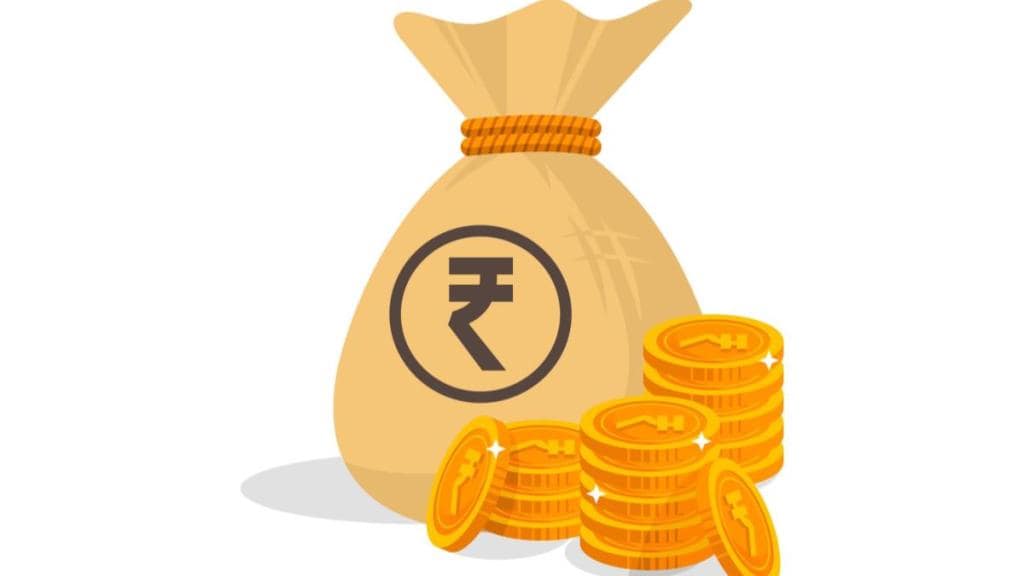Sahara India chairman Subrata Roy, who passed away on Tuesday, generated and squandered massive wealth and goodwill during his journey from a roadside snacks seller to a business magnate. The reason for his fall was obvious: Ray often walked on the wrong side of law. Sahara India began as a chit-fund—a form of rotating savings and credit association—in the late 1970s, and was successful because access to formal credit was minimal for the working class in both cities and villages. Whatever informal credit the underprivileged could avail of was either based on trust (such as loans from relatives and friends) or usury, and recovery was usually coercive. The situation has changed now, and yet the chasm between working-class borrowers and formal credit remains quite deep. Compared with China’s ‘credit to private sector-GDP’ ratio of 182%, India’s is a mere 55%—the global average stands at 97%. So, a large chunk of the borrowers in the country are still struggling to get access to formal credit. Thus, even as the JAM (Jan Dhan Yojana, Aadhaar and Mobile) trinity has had phenomenal results in terms of banking coverage of the poor in India, credit coverage remains a different matter. No wonder then that chit-funds—despite mega-failures such as Saradha and Pearls Group—continue to thrive.
It is nobody’s case that chit-funds are inherently fraud-prone or vulnerable compared to other sources of credit. But it is true that they are, at the very best, a rudimentary substitute for formal credit. Though institutional credit to households in India is rising, it is far from what is needed. And shrinking household savings—at 5.1% of the GDP in FY23, they hit a 23-year low—complicates the situation for borrowers who rely on chit funds (which in turn need robust deposits) and other informal lending to meet credit needs. At the same time, as per Sebi data published in 2021, 70% of the investors in mutual funds had an average annual income of less than Rs 5 lakh—which is suggestive of low-income individuals being in search of better options than deposits. Therefore, the outlook for credit access through informal lending is only likely to get bleaker.
Against this backdrop, the expansion of microfinance institutions beyond the southern states, Odisha and West Bengal is a much needed salve. According to a report published earlier this year, while Bihar overtook Tamil Nadu to become the state with the highest microcredit borrowings in the country, Rajasthan, Uttar Pradesh, and Madhya Pradesh, too, have seen robust microlending growth. However, mediated lending from the banking system adds to the borrowing costs at the bottom of the pyramid, increasing households’ financial pains.
Addressing this would need critical policy decisions across different aspects of financial inclusion to converge. The first step would be for banks to push digitalised services in the hinterland with easy interface and reach. The deposit and loan repayment history of chit-fund members and MFI borrowers needs to be leveraged to generate a credit-worthiness profile of hitherto unreached borrowers. Digitalisation of land records would be a massive boost for borrowers where collateral is needed. Regional financial institutions, which have been in a decline for some time now, need to be strengthened to tackle regional disparities in access to institutional credit. All this, of course, would need strong actors at the central and state levels to move forward in tandem. India simply can’t afford to let the vulnerable sections of its population remain outside the reach of institutional credit.


